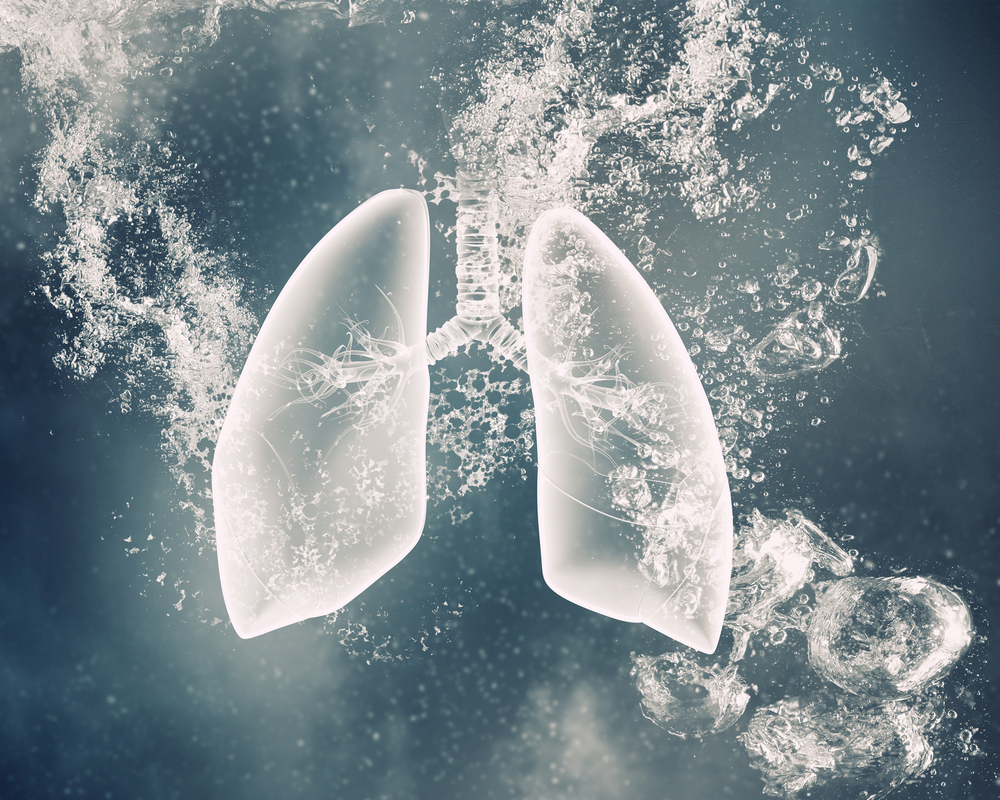Noninvasive Ventilation Not Likely to Help ALS Patients with Poorer Breathing Control, Study Finds

Noninvasive ventilation (NIV) can be ineffective in preventing episodes of upper airway obstruction in amyotrophic lateral sclerosis (ALS) patients, likely because of unstable breathing control and poorly working bulbar motor neurons — those needed for swallowing, speaking and chewing — in these people, a study suggests.
The study “Unstable control of breathing can lead to ineffective noninvasive ventilation in amyotrophic lateral sclerosis” was published in the journal ERJ Open Research.
Amyotrophic lateral sclerosis (ALS) is a progressive neurodegenerative disease in which the gradual loss of upper, bulbar, and spinal motor neurons results in a progressive weakening of muscles throughout the body, including those needed for breathing.
Bulbar motor neurons control muscles involved in speech, swallowing, and chewing. They are lower motor neurons that transmit signals from brain stem — a bulb-shaped region in the posterior part of the brain — to the bulbar muscles.
Upper motor neurons are upstream, conveying messages from nerve cells in the brain to lower motor neurons in the brain stem (e.g., bulbar neurons) and spinal cord, which will direct movements such as walking or chewing.
Discuss the latest research in the ALS News Today forums!
Respiratory failure is the primary cause of death in ALS patients. Supporting breathing with ventilation, including things like masks used for noninvasive ventilation (NIV; ventilation given without surgery), are known to prolong survival and improve patients’ quality of life.
NIV benefits ALS patients whose bulbar muscles are only mildly affected by the disease. But it is less helpful, both in terms of survival and life quality, among those with more severe bulbar weakness.
One reason for ineffective NIV is the occurrence of so-called upper airway obstructions accompanied by decreased central drive (ODCD). The latter term means a decline in that part of the respiratory drive that is controlled by our central nervous system, including the respiratory center in the brain stem; this central drive acts as an internal pacemaker to set the rate and depth of breathing.
ODCD events affect 10% of ALS patients using NIV, and cannot be corrected by changing ventilator setting. No treatments exist for this condition.
Recognizing ODCD is critical “because even those patients who present such episodes without nocturnal desaturations and who are theoretically adequately ventilated have poor survival, in the same way as those patients who are thought to be inadequately ventilated,” the researchers wrote.
To better understand the origin of such respiratory problems and improve its management, researchers investigated mechanisms underlying ODCD in ALS patients using NIV.
Their study enrolled 30 patients who were receiving NIV at home. Participants were examined for the severity of bulbar dysfunction, and measurements of OCDC events where taken during sleep (polysomnography). The location of OCDC episodes was determined by ultrasound imaging (sonography).
To determine if ODCD was caused by poor central neuronal control during sleep, patients were induced into controlled states of low carbon dioxide (CO2) levels in blood, hyperventilation (rapid breathing), and apnea (temporary cessation of breathing).
This approach is used to measure controller gain, which refers to the body’s ventilatory response to carbon dioxide levels. It is a means of measuring how stable the central control of breathing is by seeing how well this neuronal control responds to a disturbance in ventilation, sensed as carbon dioxide changes in blood.
Three patients (10%) had more than five ODCD events per hour. These people were mostly affected by a malfunction of the upper motor neurons controlling bulbar neurons and had longer (greater) controller gain, meaning more unstable central control of breathing. “A large controller gain promotes instability because it leads to a greater ventilatory overshoot in response to CO2 accumulation and a greater ventilatory undershoot in response to decreased CO2,” the researchers wrote.
Consistent with these observations, the number of ODCD episodes per total sleep time were greater with more severe bulbar dysfunction.
The study also shows that most sleep-time ODCD events happen during non-rapid eye movement (NREM) sleep stages, and are a consequence of problems with the vocal cords.
“ODCD events in ALS patients using NIV have a central origin, and are associated with instability in the control of breathing and an upper motor neuron predominant dysfunction at the bulbar level,” the researchers concluded.






